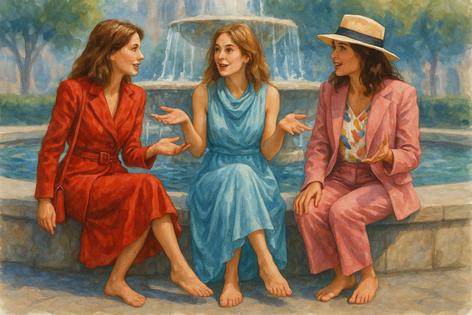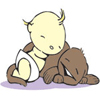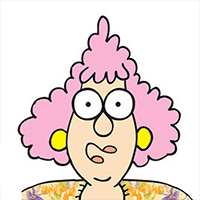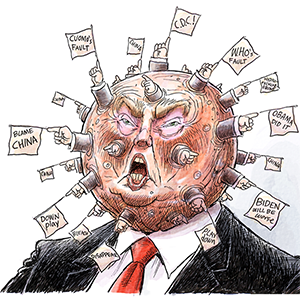The Psychology of Color: What Your Outfit Says Before You Speak
Published in Fashion Daily News
Before we say a word, our clothes are already talking. From the brightness of a yellow blouse to the deep authority of a navy suit, color plays a central role in how we are perceived and how we express ourselves. Whether intentional or subconscious, the colors we wear communicate emotions, status and personality traits—and fashion designers, marketers and psychologists have been studying these signals for decades.
Color as a Language
Color psychology—the study of hues as a determinant of human behavior—suggests that people make judgments within seconds of seeing someone, and color plays a major role in that impression. While individual responses to color can vary based on culture and personal experience, certain associations tend to hold across many societies.
Red, for example, often signals confidence, power and passion. It grabs attention and can even elevate heart rates, which is why it's frequently seen on runways and red carpets. Black, on the other hand, is a timeless color of sophistication, formality and authority—but it can also suggest mystery or aloofness. Blue typically conveys calmness, reliability and trust, making it a popular choice for professional settings. Yellow evokes energy and optimism, while green is often linked with growth, harmony and balance.
These connections aren’t random. In evolutionary terms, red has been tied to dominance in nature, and blue to open skies and calm seas. Designers tap into these associations to elicit emotion and convey brand identities, and individuals instinctively use them to shape how they’re perceived.
What Your Wardrobe Might Be Saying
When someone wears bright, saturated colors like fuchsia, cobalt or lime green, they’re often perceived as more extroverted and adventurous. Muted or pastel tones may suggest a softer, more introverted personality. Someone wearing earth tones like brown, olive or rust may be signaling groundedness and reliability, whereas a wardrobe heavy in black and white can suggest clarity and minimalism—or a desire for control.
Of course, the context matters. A red cocktail dress at a gala suggests glamour, but the same color at a job interview might be seen as too bold. Navy or gray tends to be favored in interviews or corporate settings because of their associations with competence and professionalism. But creative industries often reward visual flair, where unexpected color combinations can reflect innovation and originality.
Color can also be wielded for emotional impact. People may choose blue or lavender when they want to feel calm, or wear yellow on days when they need a boost. The connection between mood and color is so strong that some therapists even use color in treatments for anxiety or depression.
The Role of Culture and Identity
Cultural meaning is critical when interpreting color. In Western cultures, white is associated with purity and weddings, while in parts of Asia, it’s worn for mourning. Red may symbolize luck and celebration in China, but can suggest warning or aggression in other regions. In Latin America, bright, festive colors reflect vibrancy and joy, while in Scandinavian fashion, neutral palettes are embraced as part of a minimalist aesthetic.
Fashion also allows individuals to align themselves with subcultures or social movements through color. The LGBTQ+ community has long used the rainbow flag as a symbol of diversity and pride. Political affiliations, sports teams, and even fandoms use color as shorthand for identity and loyalty. What might seem like a simple style choice can, in fact, carry powerful personal and cultural significance.
Reading the Room—And the Outfit
Understanding the psychology of color doesn’t mean adhering to rigid rules. Instead, it offers a lens through which to think about presentation and perception. A job seeker might choose a burgundy blouse over bright orange to signal maturity and approachability. A first date outfit might feature a pop of red to convey confidence. A teacher may wear calming colors to create a relaxed classroom environment.
Fashion is a living language, and color is one of its most fluent dialects. Whether someone is curating a wardrobe to fit a mood, make a statement, or blend in, the colors they choose do more than decorate—they communicate.
Ultimately, the most powerful use of color is intentionality. Knowing what a hue can say helps us speak more clearly without ever opening our mouths.
========
This article was created, in part, utilizing AI tools.







Comments